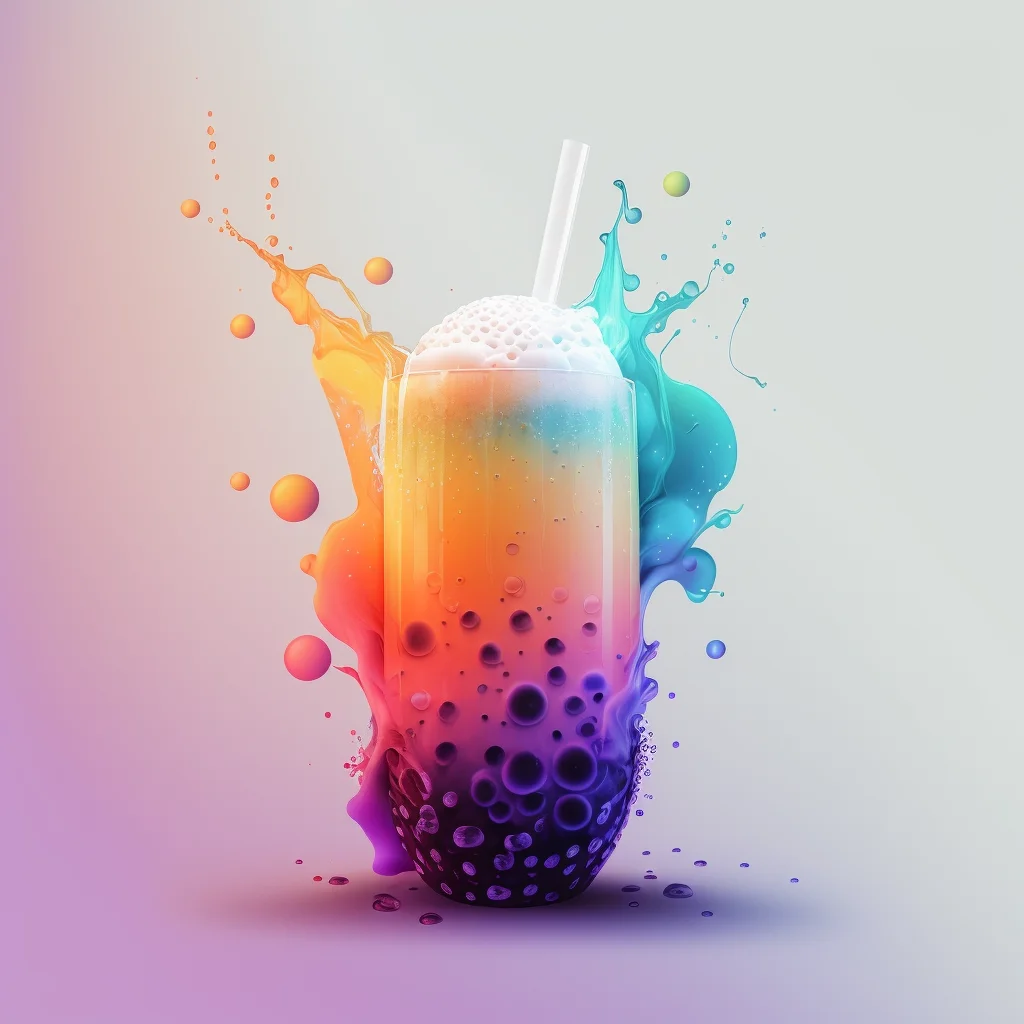Uniting Over a Cup: The Most Fascinating Tea Communities in the World
Tea is more than just a beverage; it’s a cultural phenomenon that has brought people together for centuries. From ancient tea ceremonies to modern tea houses, tea has been the foundation for many communities around the world.
Let’s explore some of the most fascinating tea communities in the world and how they use tea to connect people.

Japanese Tea Ceremony
The Japanese tea ceremony, also known as Chanoyu or Sado, is a traditional art form that emphasizes harmony, respect, and tranquility. The ceremony involves a series of intricate rituals that are meant to create a sense of calm and serenity. The host prepares and serves matcha, a finely ground green tea, to their guests, who must follow strict etiquette rules throughout the ceremony. The Japanese tea ceremony has been a cultural tradition in Japan for centuries and is still practiced today.
Moroccan Tea Culture
Moroccan tea culture is known for its vibrant flavors and social significance. Mint tea, also known as “Moroccan whiskey,” is a popular tea in Morocco and is often served as a sign of hospitality. The tea is brewed with fresh mint leaves and green tea and is sweetened with sugar. Moroccan tea culture is rooted in the idea of community, and tea is often shared among friends and family as a way to connect and build relationships.
Chinese Gongfu Tea Ceremony
The Chinese Gongfu tea ceremony, also known as Gongfu Cha, is a traditional tea ceremony that emphasizes the preparation and presentation of tea. The ceremony involves a series of intricate rituals that are meant to showcase the beauty and complexity of the tea. The host carefully prepares and serves the tea to their guests, who must follow strict etiquette rules throughout the ceremony. Gongfu Cha has been a cultural tradition in China for centuries and is still practiced today.
British Afternoon Tea
Afternoon tea is a British tradition that dates back to the 19th century. It typically consists of tea served with scones, sandwiches, and pastries. Afternoon tea was initially a social event for upper-class women, but it has since become a popular cultural tradition in the UK and around the world. Today, many hotels and tea rooms offer traditional afternoon tea experiences, complete with fine china, dainty sandwiches, and, of course, a steaming pot of tea.
Taiwanese Bubble Tea Culture
Bubble tea, also known as boba tea, is a popular Taiwanese drink that has taken the world by storm. It’s a sweet, milky tea that’s served with tapioca pearls, also known as “boba,” which are chewy and fun to eat. Bubble tea culture is known for its innovative flavors and fun atmosphere. Tea shops often feature bright colors, whimsical decor, and Instagram-worthy drinks.
Indian Chai Culture
Chai, or masala chai, is a popular tea in India that’s made with black tea, milk, and a blend of spices like cardamom, cinnamon, and ginger. Chai culture is deeply rooted in Indian society, with tea stalls and shops being ubiquitous on the streets. Drinking chai is not only a way to get a quick caffeine fix but is also a social activity that brings people together to share stories and connect.
Russian Tea Culture
In Russia, tea has been a traditional drink for centuries. The samovar, a large metal urn used to boil water, is an iconic symbol of Russian tea culture. The tea is often served with lemon, sugar, and a variety of sweet and savory snacks like pirozhki (small pies) and blinis (pancakes). Drinking tea is a way to socialize, and it’s common for Russians to host tea parties and gatherings with family and friends.
Tibetan Butter Tea
Butter tea, also known as po cha, is a traditional tea in Tibet that’s made with yak butter, salt, and black tea. The tea is churned in a wooden cylinder until it becomes thick and frothy, and it’s often served with tsampa (roasted barley flour). Butter tea is a staple in Tibetan culture, and it’s often served to guests as a sign of hospitality. Drinking butter tea is also believed to have health benefits like warming the body and aiding digestion.
Argentine Mate Culture
Mate, also known as yerba mate, is a traditional drink in Argentina that’s made with the leaves of the yerba mate plant. The tea is served in a gourd and sipped through a metal straw called a bombilla. Mate culture is deeply ingrained in Argentine society, and it’s common for people to drink mate with friends and family throughout the day. Drinking mate is not only a way to get a caffeine boost but is also a social activity that helps people connect and build relationships.
Leave a Reply